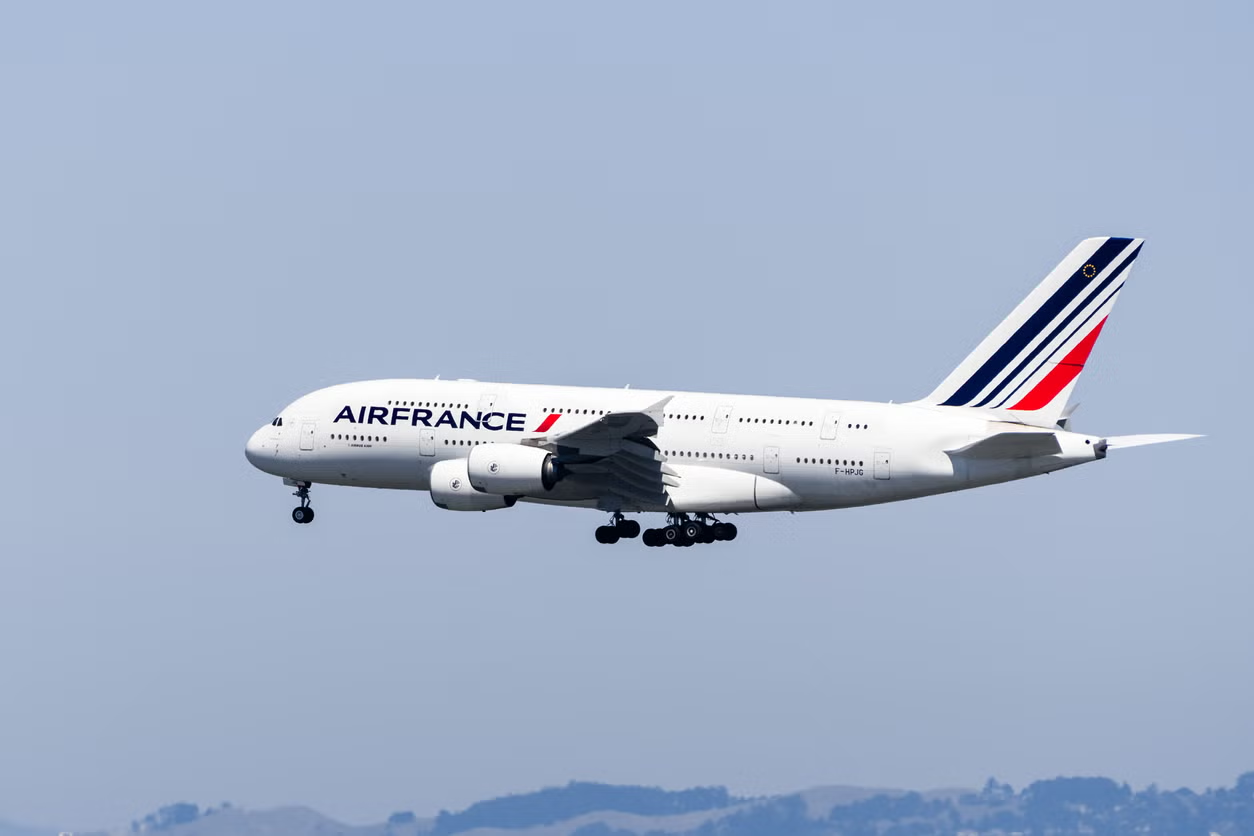
Short-haul flights are a common choice for travelers seeking quick trips. But what exactly defines a short-haul flight? Short-haul flights typically cover distances up to 1,500 kilometers (about 930 miles) and last around three hours or less. These flights are popular for business trips, weekend getaways, and regional travel. They often connect major cities within a country or neighboring countries. Short-haul flights offer convenience, frequent schedules, and often lower costs compared to long-haul flights. However, they also come with unique challenges like shorter boarding times and limited in-flight services. Curious about more details? Let's dive into 20 interesting facts about short-haul flights that might surprise you!
Key Takeaways:
- Short-haul flights cover distances less than 932 miles and are perfect for quick trips. They use smaller planes, have lower ticket prices, and offer limited in-flight entertainment and meals.
- Short-haul flights have a big impact on the environment and the economy. They produce more emissions per kilometer, but also boost local economies, create jobs, and are crucial for airline revenue.
What Are Short-haul Flights?
Short-haul flights are typically those that cover a distance of less than 1,500 kilometers (932 miles). These flights are common for business trips, weekend getaways, and quick vacations. Here are some interesting facts about short-haul flights.
-
Short-haul flights usually last less than three hours. This makes them ideal for quick trips, allowing travelers to maximize their time at the destination.
-
Airlines often use narrow-body aircraft for these routes. Planes like the Boeing 737 or Airbus A320 are commonly used because they are efficient for shorter distances.
-
Short-haul flights often have lower ticket prices. Due to the shorter distance and duration, these flights are generally more affordable than long-haul flights.
-
They are more frequent than long-haul flights. Airlines schedule multiple short-haul flights daily, providing flexibility for travelers.
Environmental Impact of Short-haul Flights
While convenient, short-haul flights have a significant environmental impact. Understanding these effects can help travelers make more informed decisions.
-
Short-haul flights produce more emissions per kilometer than long-haul flights. The takeoff and landing phases consume a lot of fuel, increasing the carbon footprint.
-
Airlines are investing in more fuel-efficient aircraft. Newer models like the Airbus A220 and Boeing 737 MAX are designed to reduce emissions.
-
Some countries are encouraging train travel as an alternative. For example, France has banned short-haul domestic flights where a train journey of 2.5 hours or less is available.
-
Carbon offset programs are becoming more popular. Airlines offer passengers the option to offset their carbon emissions by investing in environmental projects.
Passenger Experience on Short-haul Flights
The experience on a short-haul flight can differ significantly from that on a long-haul flight. Here are some aspects that stand out.
-
In-flight entertainment is often limited. Due to the short duration, many airlines do not offer extensive entertainment options.
-
Meals are usually simpler. Passengers might receive a snack or a light meal instead of a full-course meal.
-
Legroom can be more restricted. Short-haul flights often have less legroom compared to long-haul flights, as airlines aim to maximize seating capacity.
-
Boarding and deplaning are quicker. The smaller size of the aircraft and fewer passengers make these processes faster.
Economic Importance of Short-haul Flights
Short-haul flights play a crucial role in the economy, facilitating business travel and tourism. Here are some economic aspects to consider.
-
They boost local economies. Frequent flights bring tourists and business travelers, supporting local businesses and services.
-
Airlines rely on short-haul flights for revenue. These flights often have higher load factors, meaning more seats are filled, which is profitable for airlines.
-
They create jobs. From airport staff to flight crew, short-haul flights generate employment opportunities.
-
Business travelers prefer short-haul flights. The convenience and frequency make them ideal for quick business trips.
Technological Advancements in Short-haul Flights
Technology is continually improving the efficiency and experience of short-haul flights. Here are some advancements worth noting.
-
Electric planes are on the horizon. Companies are developing electric aircraft to reduce emissions and operating costs.
-
Improved air traffic management systems. These systems help reduce delays and improve the efficiency of short-haul flights.
-
Wi-Fi is becoming more common. Even on short flights, passengers can stay connected with in-flight Wi-Fi services.
-
Biometric boarding is speeding up the process. Facial recognition technology is making boarding faster and more secure.
Final Thoughts on Short-Haul Flights
Short-haul flights offer a quick, convenient way to travel. They’re often cheaper than long-haul flights, making them a popular choice for budget travelers. These flights usually last less than three hours, perfect for weekend getaways or business trips. Airports serving short-haul routes tend to be less crowded, reducing stress. However, they can also mean more frequent takeoffs and landings, which some find uncomfortable. Despite their shorter duration, these flights still provide essential services like snacks and beverages. They’re also more environmentally friendly due to lower fuel consumption. Knowing these facts can help you make informed travel decisions. Whether you're planning a quick trip or just curious, understanding short-haul flights can make your travel experience smoother. So next time you book a flight, consider the benefits of going short-haul. Safe travels!
Frequently Asked Questions
Was this page helpful?
Our commitment to delivering trustworthy and engaging content is at the heart of what we do. Each fact on our site is contributed by real users like you, bringing a wealth of diverse insights and information. To ensure the highest standards of accuracy and reliability, our dedicated editors meticulously review each submission. This process guarantees that the facts we share are not only fascinating but also credible. Trust in our commitment to quality and authenticity as you explore and learn with us.


